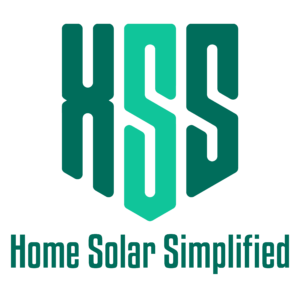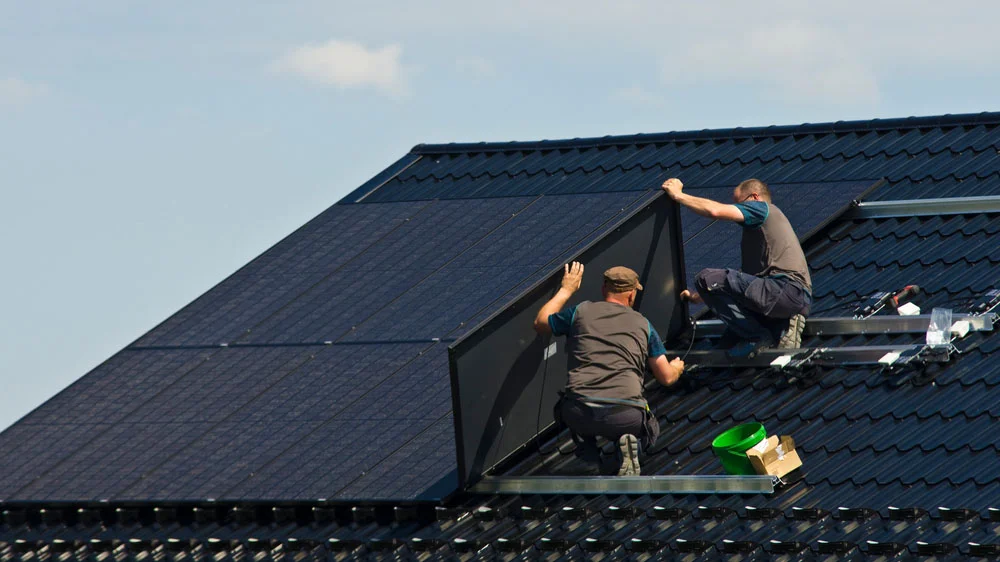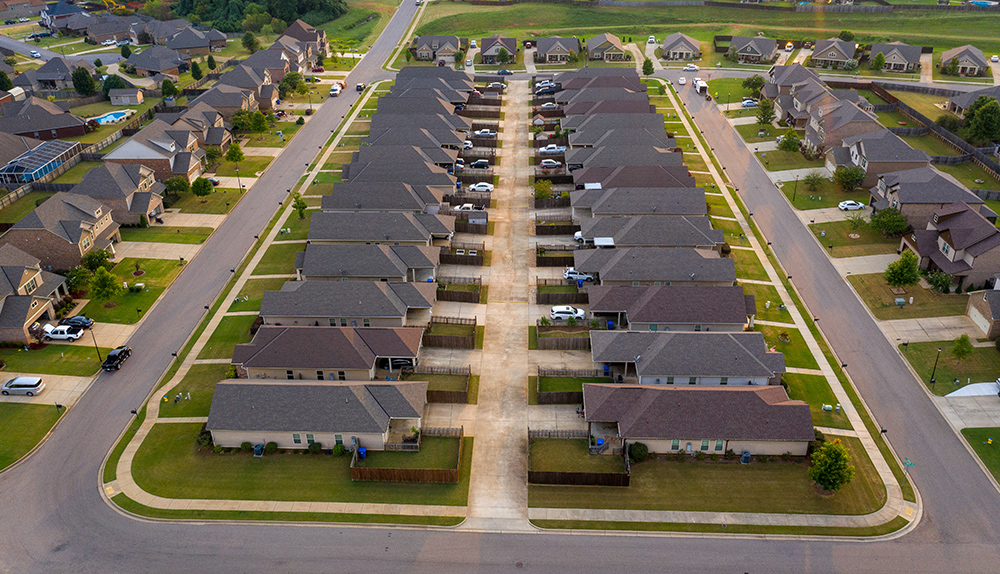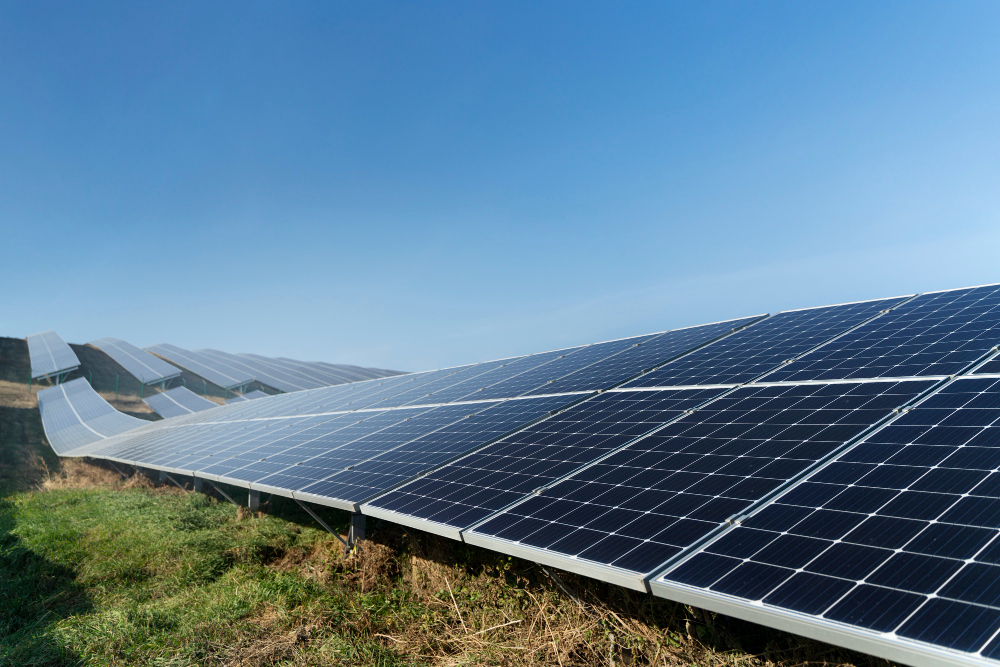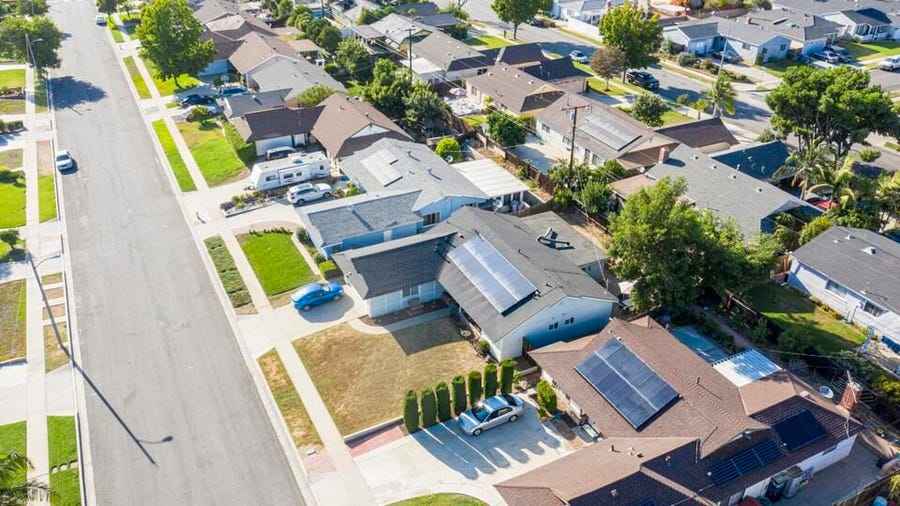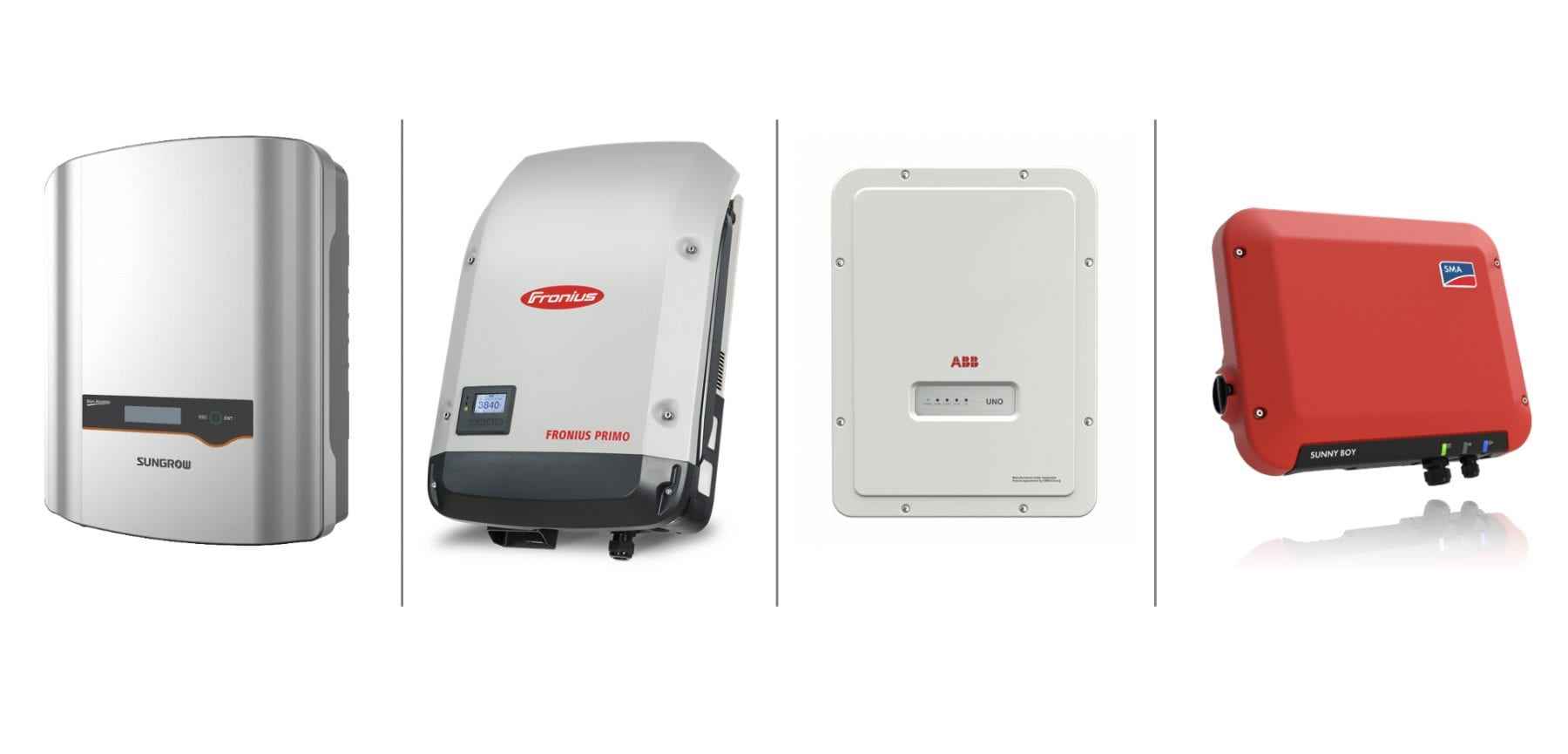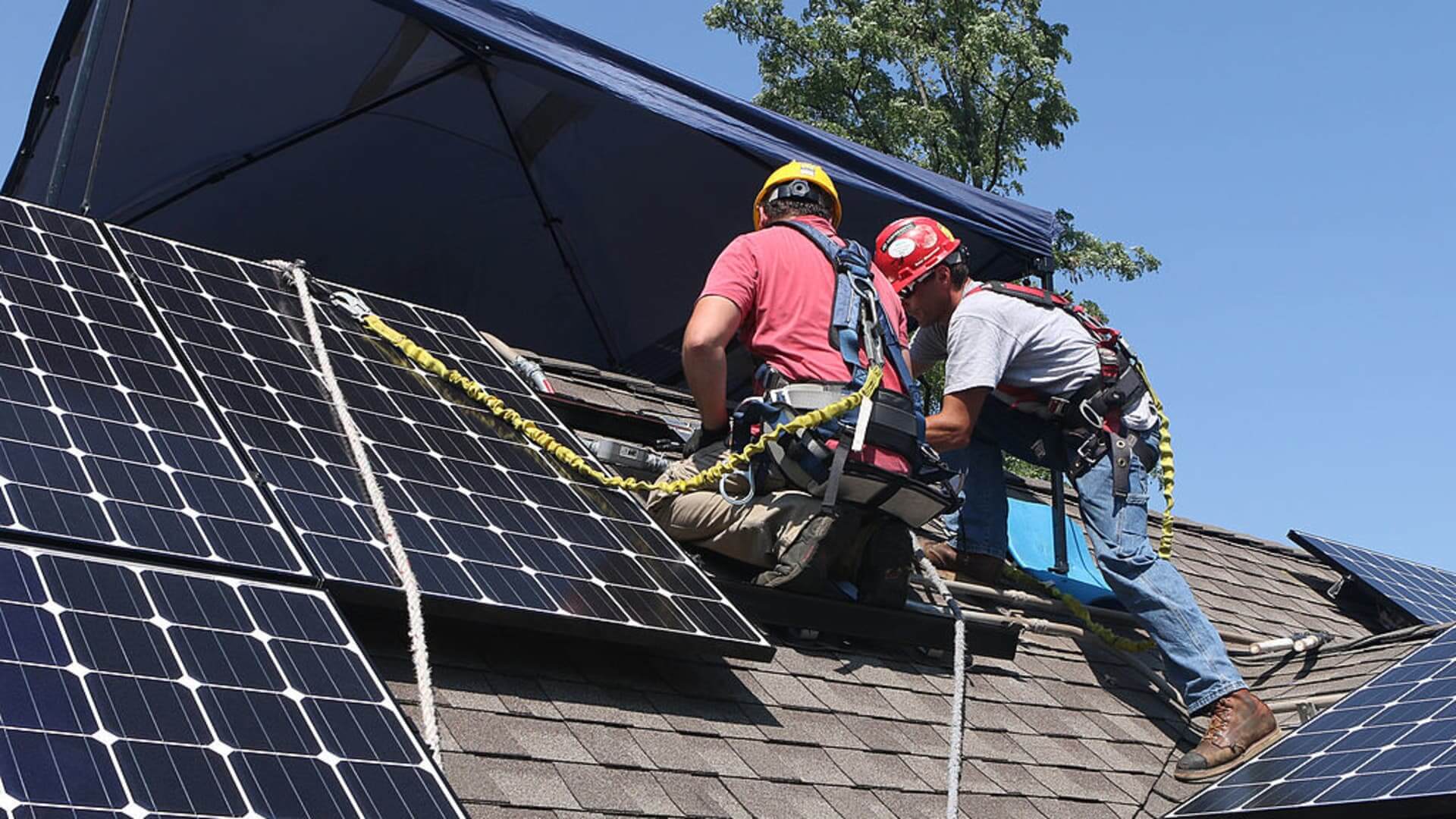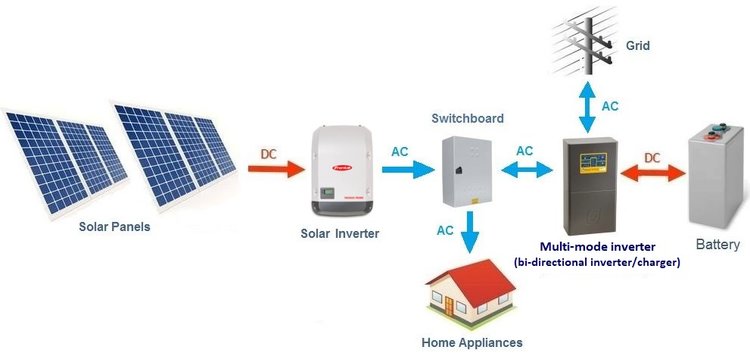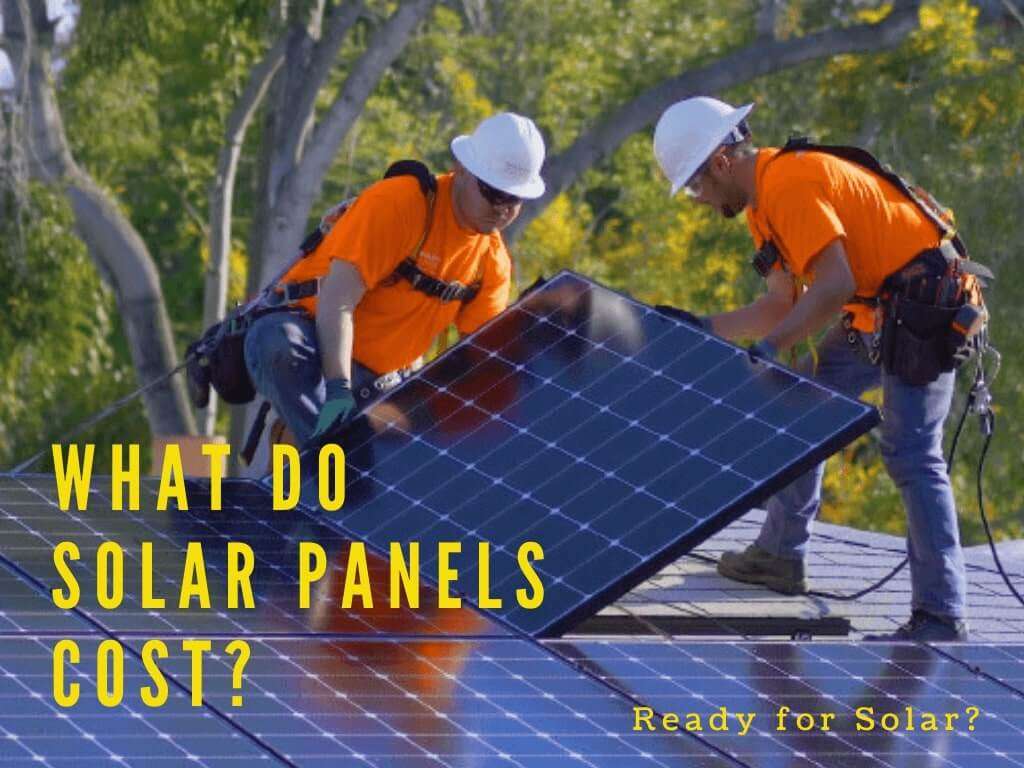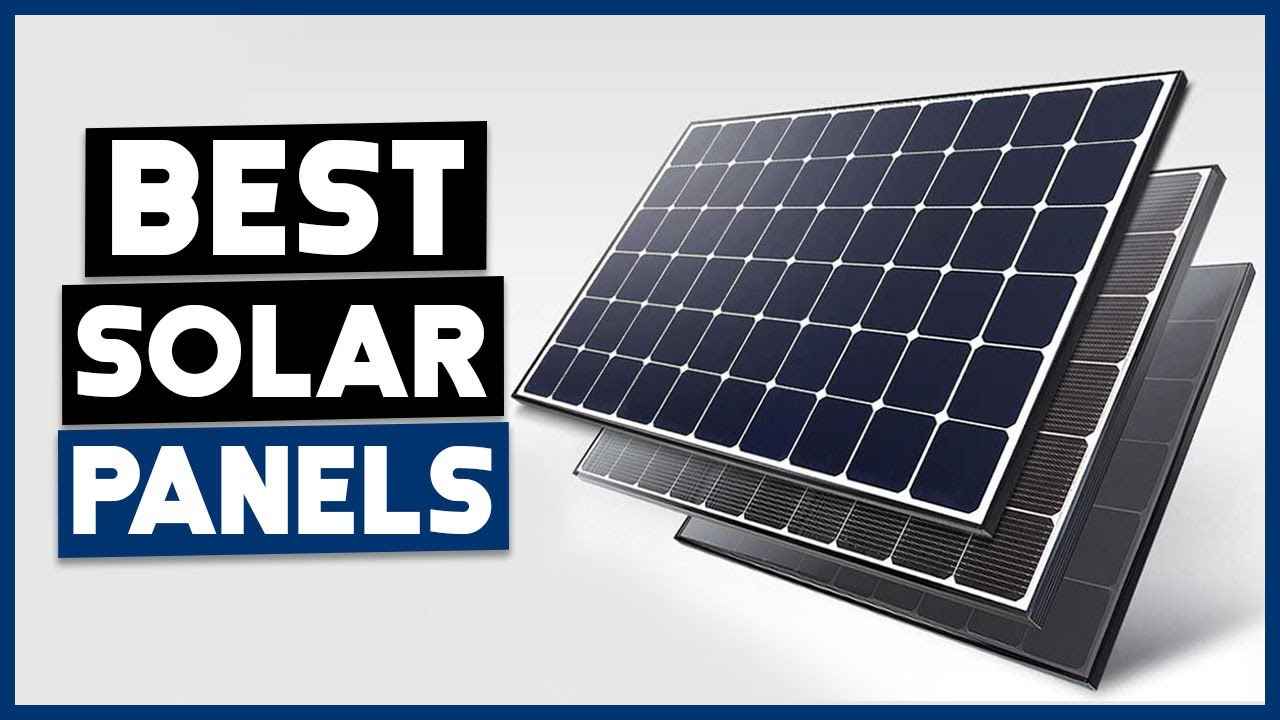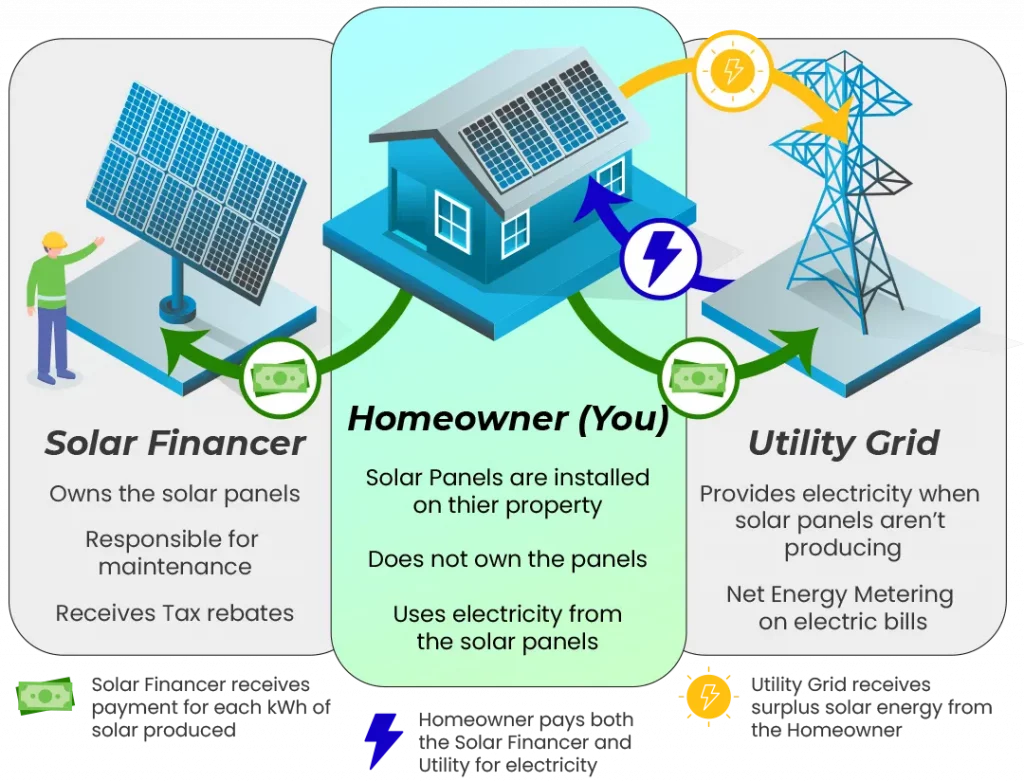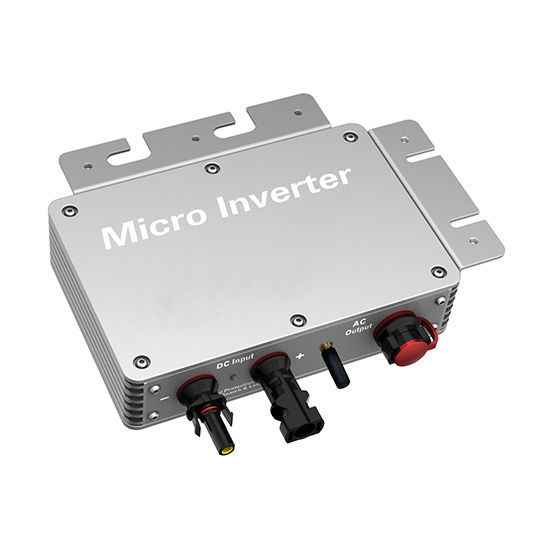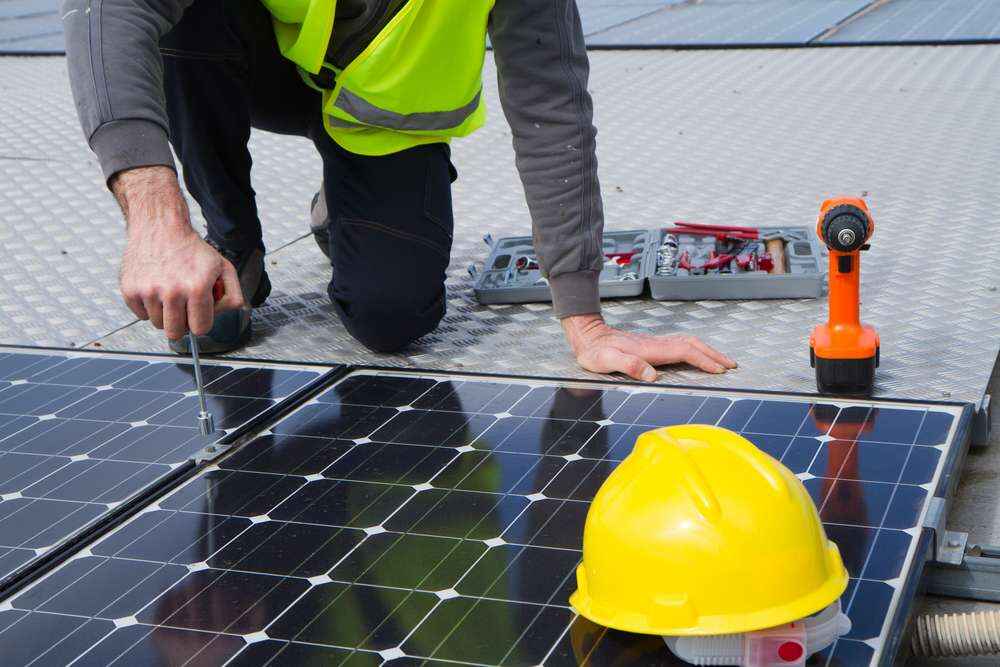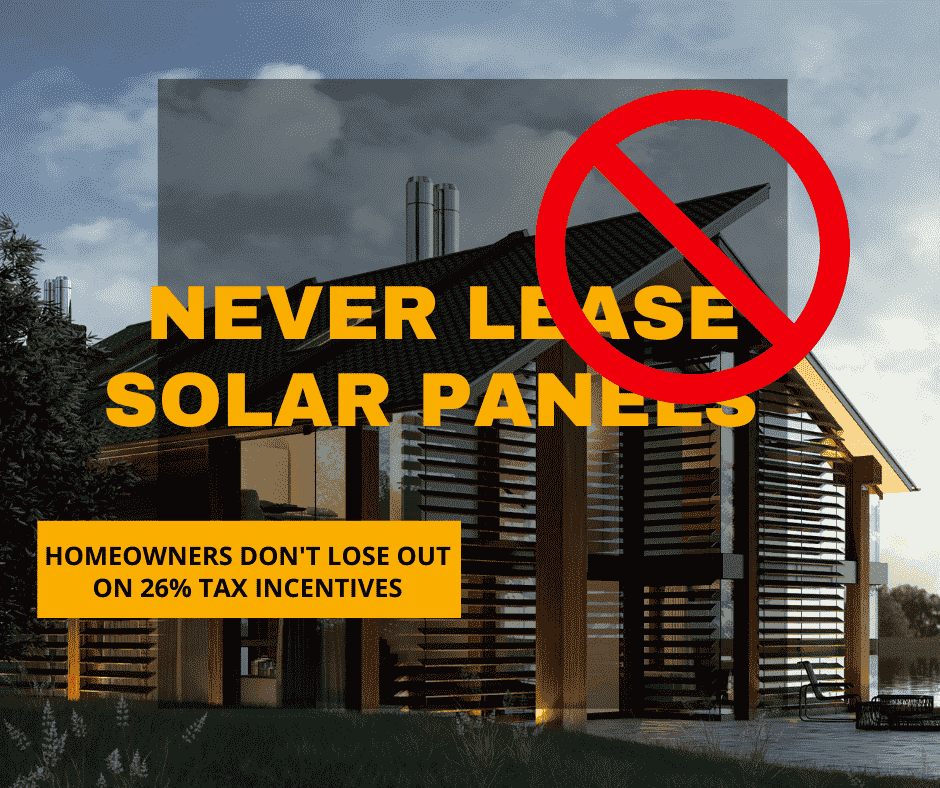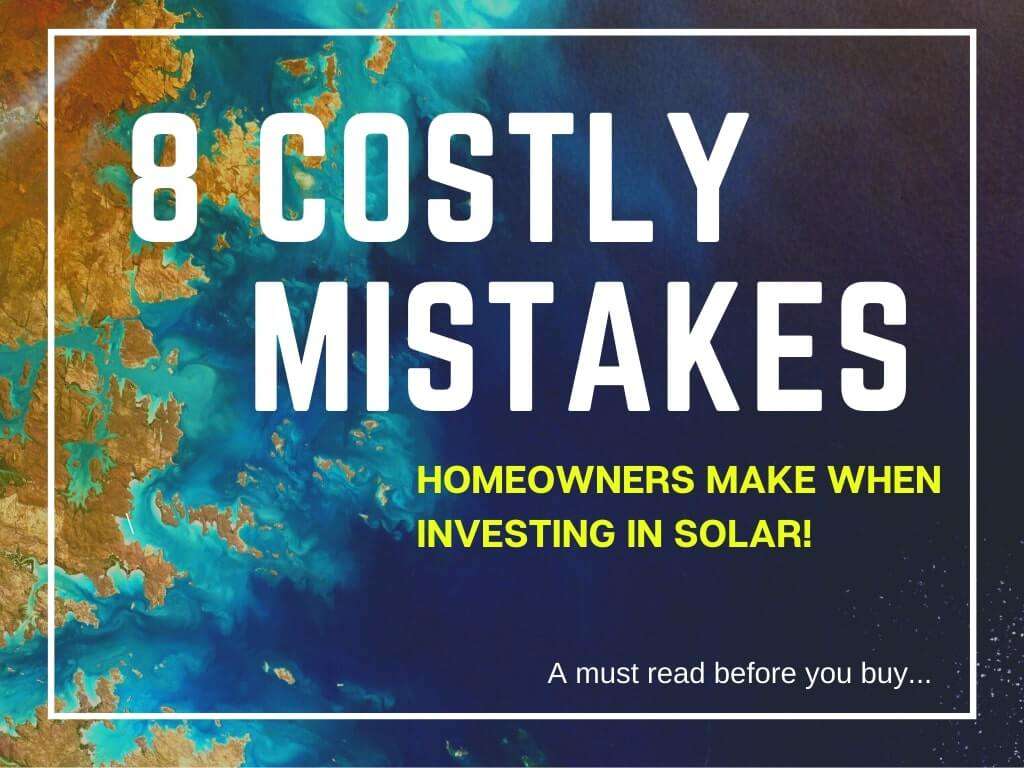
- December 16, 2022
- admin
- 0
We’re going to look at the most common mistakes we see from beginners who are just starting to research and design their own solar system.
Our goal with this article is to prevent common headaches and (potentially costly) problems that stem from poor system design.
Sometimes, people are so eager to get started that they dive in headfirst. They research products, calculate a cost estimate, and start sketching panel layouts for their roof.
But solar system design is a lot more complex than it appears on the surface.
So, when people try to design a system without doing the research, they sometimes make mistakes. Big, glaring, expensive mistakes.
Here are the points that came up over and over again:
- Confusing off-grid and grid-tie solar
- Improper system sizing
- “Solar prevents power outages!”
- “Solar is a bad investment” / “Solar isn’t feasible without the tax credit”
- Leasing
- Not planning ahead
- Overpaying for installation
- Building a Frankenstein system
- inverters that are undersized for your panel output
- panels that are different sizes and don’t fit together properly on the mount
- components that don’t wire together because they have different connectors
- a power center missing essential components like circuit breakers/disconnects, remote control, or monitoring hardware
- a box of hodgepodge components that no one is willing to support because it was purchased from all over the Internet
- …and countless other headaches
